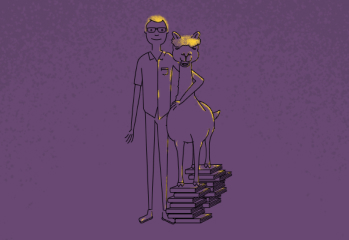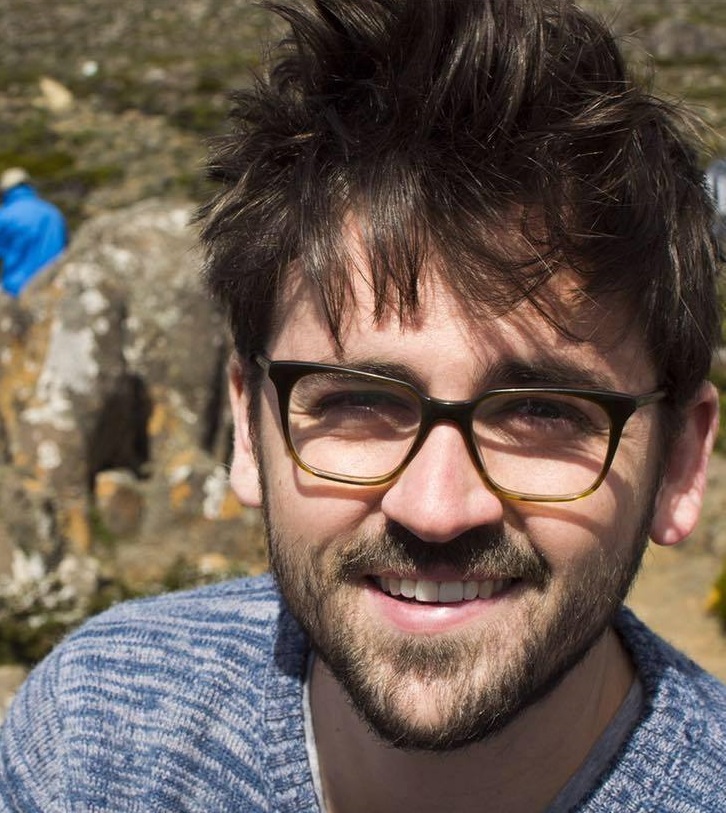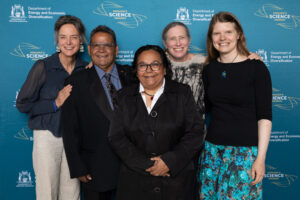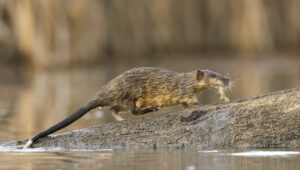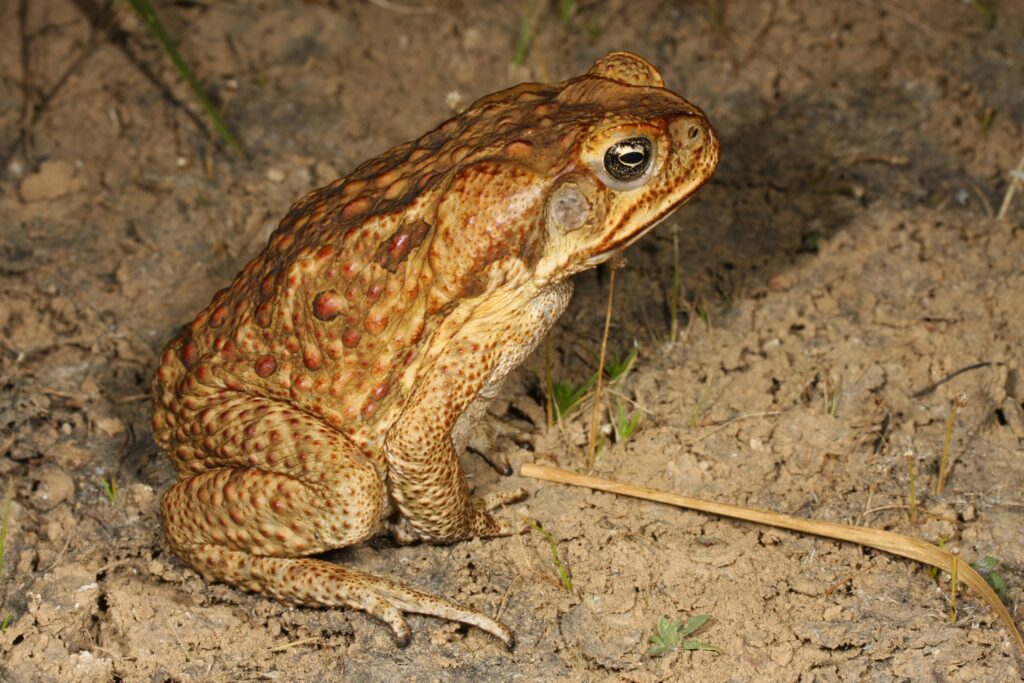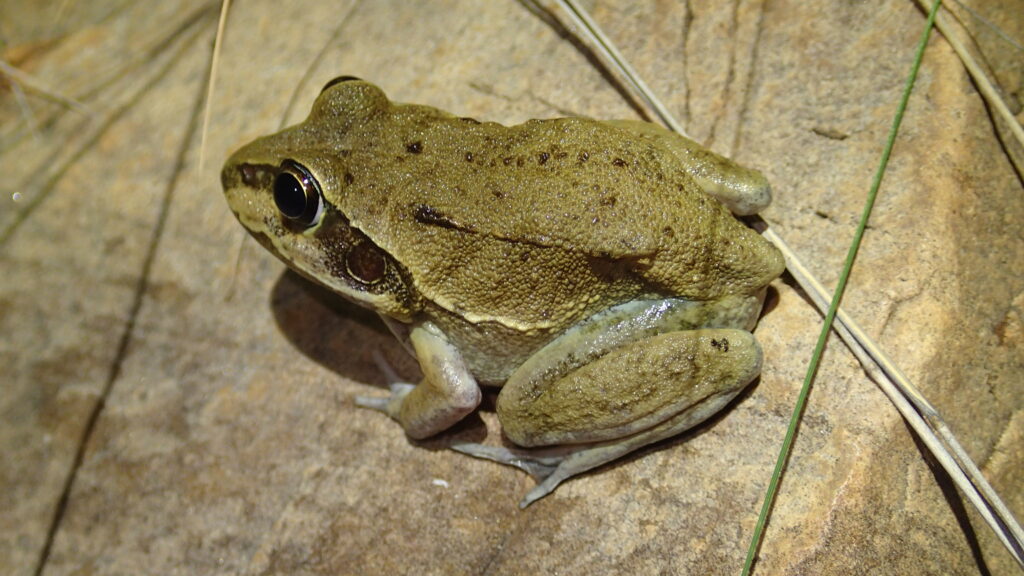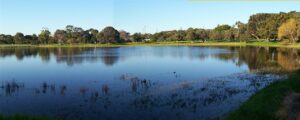Cane toads were released in North Queensland in 1935 in a failed attempt to control beetles that were damaging sugarcane crops. Since then, they have wreaked ecological havoc.
They don’t have any natural predators to control or contain them. So over the years, their numbers have exploded from around 2400 to more than 2 billion.
In less than 90 years, the amphibians have spread from North Queensland through the Northern Territory and into northern WA. And they’re showing no signs of slowing down.
Clare Forward is the Invasive Animals Project Coordinator at the Department of Biodiversity, Conservation and Attractions.
“Cane toads are already three-quarters of the way through the Kimberley and they’re moving west and south at a rate of 50km a year,” says Clare.
Yikes.
As they spread, cane toads are decimating native species including the northern quoll.
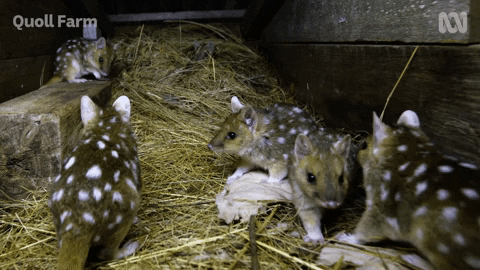
A TOXIC RELATIONSHIP
Cane toads impact fragile Australian ecosystems in a few ways.
They breed twice a year, with the female laying up to 30,000 eggs at a time. Adult cane toads can live for 5–10 years.
As well as being big breeders, cane toads are voracious feeders. They’ll devour anything that fits in their mouth – limiting food for other species. And they’re very poor eating themselves.
“Cane toads’ biggest impact on northern quolls and other top-order predators is toxic ingestion,” says Clare.
“Cane toads have chemicals in their glands which are toxic to predators.”
While cane toads are the world’s biggest toad – check out this video of one weighing in at 1.8kg! – the northern quoll is the smallest of Australia’s four quoll species. Listed as endangered, its population is the lowest it’s ever been – estimated at 100,000 and plummeting.
QUID PRO QUOLL?
Unfortunately, the efforts of wildlife conservationists to slow the toads’ trail of devastation haven’t been successful. Clare and her team are now focusing on the ecosystem more broadly.
“We try to equip native species so they can coexist with cane toads,” says Clare.
Taste aversion training is a tactic that’s showing some encouraging results. Clare and her team are trying to teach northern quolls to turn their nose up at the toads by lacing sausages made of toad flesh with non-lethal chemicals that make the quolls ill.
In theory, quolls will associate the smell of cane toads with being sick and avoid eating them.
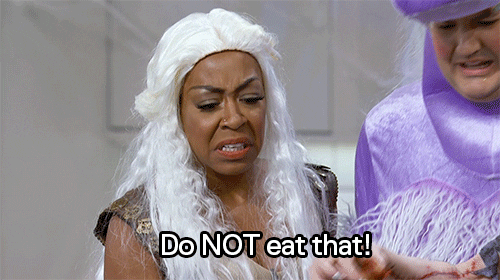
CHECK YOUR LOAD FOR A TOAD
Public education plays an important role in tackling the cane toad’s spread within WA.
Clare says Kimberley locals are aware of the issue, but tourists and couriers may not be.
“Part of our program is responding to hitchhiker toads that end up in Perth because they’ve jumped onto a caravan or a load of potting mix from Broome,” says Clare.
These warty hitchhikers can lead to satellite populations far ahead of the toad’s invasion front.
“We run an education program encouraging people to ‘check their load for a toad’ and ‘don’t take a toad down the road’.”
TOADALLY NOT THEIR FAULT
Cane toads can look similar to other frogs and toads, including the burrowing frog, spadefoot frog and motorbike frog. This means that sometimes well-intentioned locals kill the wrong species.
“It’s a big issue and definitely something we’re trying to avoid – especially when our native frogs are already struggling in a changing environment,” says Clare.
Despite many people finding cane toads repulsive, Clare encourages a humane approach when destroying them.
“A lot of people think it doesn’t matter how much pain we cause them,” says Clare.
“We try to educate people that they’re animals just like us and it’s not their fault they’re here.”
THE END OF THE ROAD?
So how far south could cane toads hop? Could they end up in Perth?
“Some models have the cane toads moving down as far as the southwest,” says Clare.
“Others have them not being able to survive the cooler temperatures south of Geraldton.”
Regardless of how far south they get, the cane toads’ significant impact is a reminder of how, once the balance of an ecosystem is disturbed, it can be difficult, if not impossible, to restore it.
